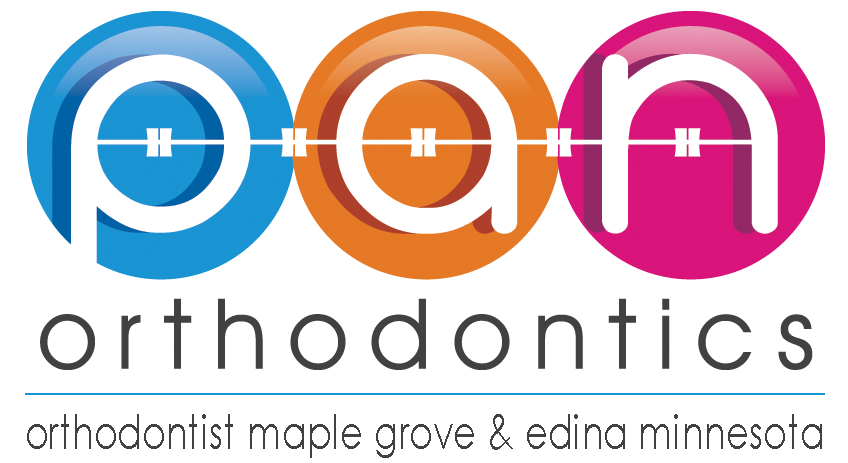Orthodontic Diagnosis - Tooth Ankylosis
Tooth ankylosis is the pathological fusion between the alveolar bone and the cementum of teeth. It is an uncommon phenomenon in the deciduous dentition or baby teeth and is even less common in permanent teeth. Ankylosis occurs when there is partial root resorption which is followed by repair with either cementum or dentine. This unites the root of the tooth with the alveolar bone, and typically occurs after trauma. However, root resorption does not always result in tooth ankylosis. The causes of tooth ankylosis remain mostly unknown. Ankylosis is far more common in deciduous teeth than in permanent teeth.
The risk factors of tooth ankylosis is usually classified into genetic factors and dental trauma. Methods of diagnosing tooth ankylosis include the use of clinical examinations, x-rays and the use of cone beam computerized tomography (CBCT). Tooth ankylosis can have multiple symptoms, with decreased tooth count being the most prevalent.
Individuals who suffer from ankylosis of deciduous teeth experience the risk of losing teeth. This is caused by the failure of the tooth eruption during facial growth and leads to a series of functional and aesthetic problems. After being diagnosed with tooth ankylosis, patients are often treated by the removal of the crown of the affected tooth. Early orthodontic intervention is also effective in promoting the recovery of the lost space in addition to making room for the eruption of the permanent teeth.
Management and Prevention
Because ankylosis can hinder the development of permanent teeth, early diagnosis and intervention is critical to avoid further progression of the issue. When the abnormality is found in the deciduous teeth of children and adolescents, it often results in the infraocclusion of the ankylosed tooth and inclination of the teeth which are adjacent to the space. In addition, it can result in the impaction of the permanent successor tooth. Early interceptive orthodontic treatment is effective in ensuring the lost space is recovered as well as allowing the future eruption of the teeth. This method has been found to provide positive results and improve the situation for the patient.
Signs and Symptoms
Tooth ankylosis is recognized in a clinical setting from the loss of physiological mobility. It can also be found radiographically with the loss of periodontal ligament space and evidence of resorption taking place. Ankylosis usually occurs initially on the labial and lingual root surfaces. This makes early radiographic detection challenging.
The signs and symptoms for patients can vary depending on whether the teeth are permanent or deciduous. Other factors, including age, sex and the location of the infection can also result in specific signs and symptoms. General symptoms can include a reduced number of teeth, abnormal tooth enamel, the curving of the fifth digit, an enlarged lower jaw and abnormal dentition. The most common symptom is a decreased tooth count.
For mature patients who have fully developed permanent teeth, there may not be any obvious symptoms. The alveolar support of the impacted tooth is reduced as a result of the continuous replacement resorption of the root. The process stops with the appearance of root fractures, a shed crown and changes in dentition. This is especially common in the anterior teeth. Symptoms including infraocclusion and asymmetry in the smile arc can also be developed. For ankylosis in posterior teeth, however, it may be entirely asymptomatic because the slow change in the height of the affected teeth may not be noticeable.
Pan Orthodontics Philosophy
To treat our patients as our families and to treat others as how we want to be treated. From your first phone call to the moment your new smile is born, everything in our office is set up to ensure an excellent experience with us. We will always listen to you and improve with your suggestions.
Featuring The Latest Orthodontics Technology
Our Commitment to You
We will continue to keep up with the ever growing digital technologies to improve your orthodontic experience. We also commit to always help you find the most convenient time for your visit with us.




